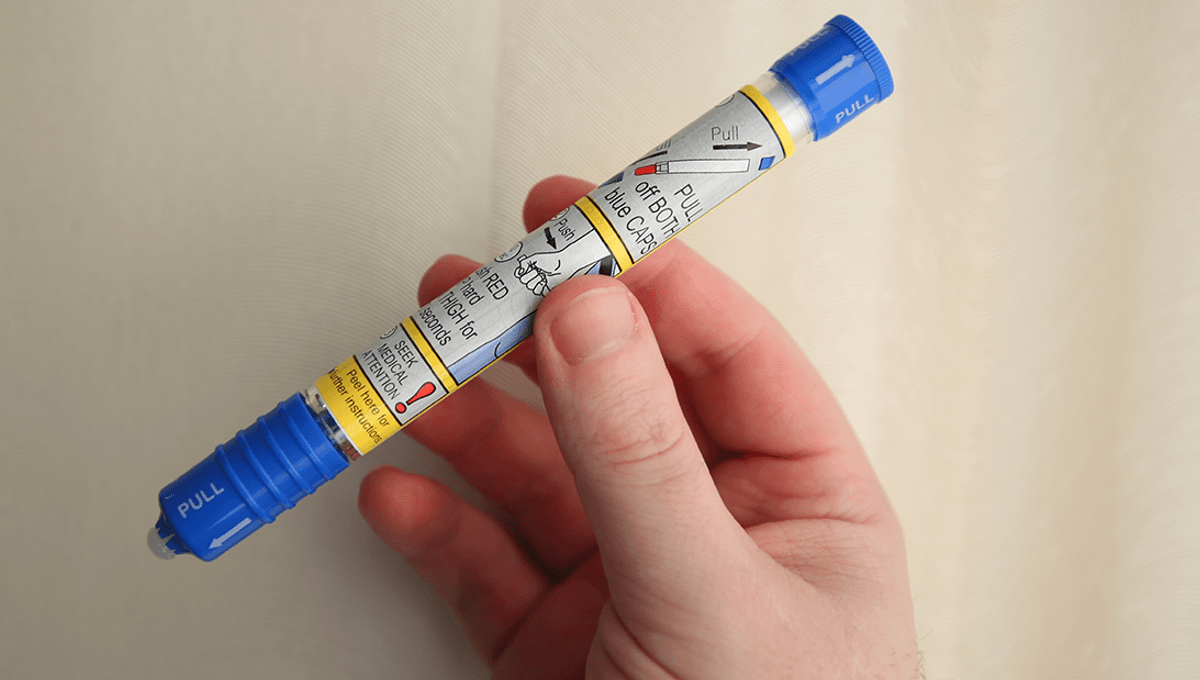
Children from the St. Brother André Elementary School’s Program for Gifted Learners have discovered something that NASA didn’t know, but probably should look into: EpiPens turn toxic in space.
The students, aged 9-12, designed an experiment to send EpiPens to space, to test the effect of cosmic radiation on epinephrine, the hormone inside EpiPens used to treat severe allergic reactions. The project was then selected by NASA as part of the Cubes In Space Project, and they had their chance to launch epinephrine samples into space courtesy of the US space organization. One “cube” containing the samples was sent up in a rocket, while another made its way to the edge of space in a high-altitude balloon.
When the samples were returned, they were analyzed at the John Holmes Mass Spectrometry Core Facility at the University of Ottowa. They found that the epinephrine was now only 87 percent pure. The other 13 percent had been transformed into “extremely poisonous” benzoic acid derivatives, according to the University of Ottowa.
“The ‘after’ samples showed signs that the epinephrine reacted and decomposed,” Professor Paul Mayer of the Faculty of Science’s Department of Chemistry and Bimolecular Sciences said in a press release.
“In fact, no epinephrine was found in the ‘after’ EpiPen solution samples. This result raises questions about the efficacy of an EpiPen for outer space applications and these questions are now starting to be addressed by the kids.”
The children will be presenting their findings to NASA in June. In the meantime, the children are designing their own protective capsule to house and protect epinephrine in space, as well as enjoying their discovery.
“It was pretty cool,” student Hannah Thomson told Global News. “NASA didn’t know.”
Source Link: Elementary School Students Discover EpiPens Turn Extremely Poisonous In Space